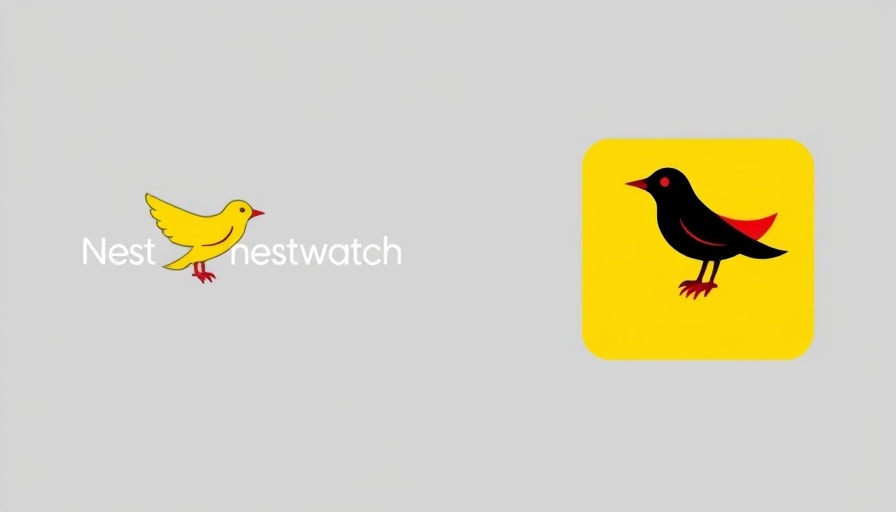
Understanding the Migration of Ruby-throated Hummingbirds in Georgia
As bird lovers in Georgia and beyond wait for the vibrant Ruby-throated Hummingbird to grace their feeders, it's essential to recognize this fascinating creature's migration patterns. These small birds, which breed in Georgia, embark on an impressive journey each year, leaving visitors in awe of their resilience and navigation skills.
When Do Ruby-throated Hummingbirds Depart from Georgia?
Typically, hummingbirds begin arriving in Georgia by mid-March, with male Ruby-throats making their early appearance. The females follow shortly after, establishing their nesting grounds within the state’s diverse habitats, which range from forests to gardens. However, as summer wanes, the migration cycle shifts dramatically. By late July, adult males initiate their departure, often disappearing by early August. Females linger longer, finishing their nurturing responsibilities before heading south. Finally, juvenile hummingbirds are the last to leave, often spotted into early October in southern Georgia.
What Triggers Their Departure?
The key factors prompting these birds to migrate involve environmental cues such as temperature changes and decreased daylight hours. Hummingbirds instinctively track these signs, triggering their preparation for the long trek. By mid-October, most have left, making way for a winter period free of their dazzling activity.
Preparing Your Feeders for Hummingbird Migration
For avid bird watchers, timing feeder maintenance during this migratory shift can enhance both the experience for the birds and for observers. Feeder placement and nectar refreshment plays a critical role in providing nourishment. When preparing for their departure, enthusiasts should remove feeders shortly after the last sightings to avoid leaving food that may attract unwanted pests.
Why Understanding Hummingbird Migration Is Valuable
Understanding the migration patterns of these enchanting birds is not just about feeding them supplementary food; it's about fostering a deeper connection to nature. By being mindful of their activities and the stages of their lifecycle, Georgia residents can appreciate the essential role these birds play in our ecosystem as pollinators.
Final Thoughts: Celebrate the Hummingbird Journey
As the ruby-throats prepare for their journey, Georgia’s bird lovers have the unique opportunity to observe a natural cyclical process that captivates many. From ensuring feeders are filled during nesting season to clinching the last views of flitting young ones, the experience is profoundly rewarding. Birdwatchers should also consider capturing their observations, documenting the diversity of visitors throughout the season.
This knowledge not only enriches one’s appreciation of the Ruby-throated Hummingbirds but also encourages involvement in conservation efforts. So, as fall approaches, let’s celebrate this avian spectacle and prepare for the grand migration!
 Add Row
Add Row  Add
Add 




Write A Comment